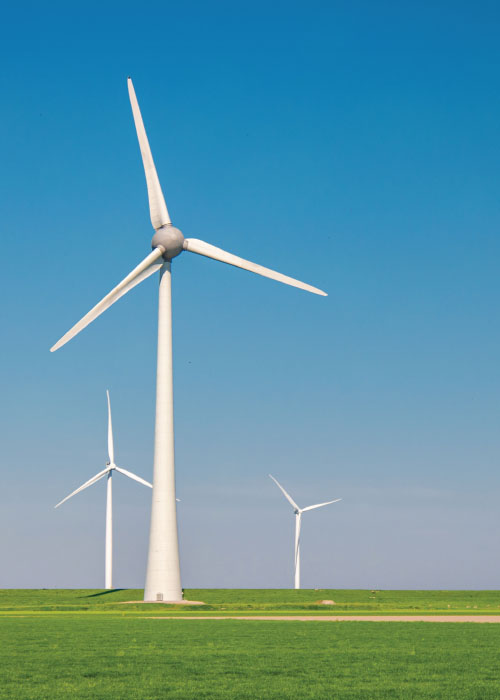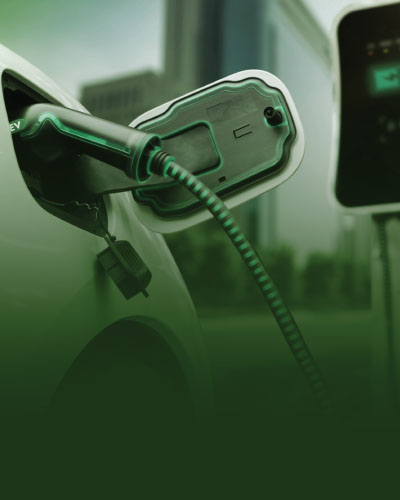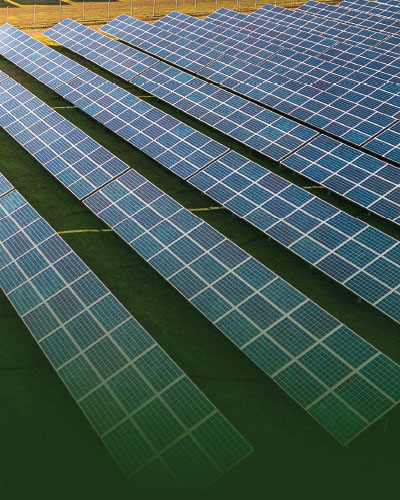
The National Net-Zero Program

Overall Objective

The National Net-Zero Program aims to enable the Sultanate of Oman to achieve carbon neutrality by 2050. The program builds on the outcomes of the Carbon Management Lab, which spans across several key sectors: electricity, oil and gas, industry, cities and buildings, transport, environment, and economy.
Key Initiatives and Projects


Unified National Platform for Greenhouse Gas Emissions Inventory
This platform is intended to serve as a unified national digital system to organize and manage the collection, calculation, reporting, verification, archiving, and enhancement of greenhouse gas emissions estimates and their removal, in accordance with the methodology of the Intergovernmental Panel on Climate Change. It will enable the tracking of emissions reduction progress through a transparent digital infrastructure that ensures data quality and allows seamless international integration, supported by the latest technologies and software tools such as business intelligence applications.



Building Systems and Technical Requirements – “Omani Building Code”
This project seeks to establish minimum safety, public health, and structural requirements for buildings, construction projects, and infrastructure facilities, enhancing their efficiency, sustainability, and resilience to climate change and natural disasters. It contributes to net-zero goals through the development of a technical guide on sustainability and energy efficiency.


Smart
Meters
The project aims to reduce the electricity loss rate to 8% by 2025, in line with the indicator set by the Authority for Public Services Regulation, and to cut meter reading contract costs by more than 80% of their current value.


Greenhouse Gas Emission Reduction – Scope 1 and 2
This project targets the reduction of greenhouse gas emissions under Scope 1 and 2 within oil and gas concession areas during normal operations, through improved operational performance, adoption of new technologies, and effective planning. It is a joint initiative between the Ministry of Energy and Minerals and all operators in Oman’s oil and gas sector.


Incentive Packages for Electric Vehicle Use
This initiative aims to offer incentive packages to promote the use of electric vehicles, contributing to a reduction of carbon dioxide equivalent emissions by 0.85 tons per person annually. It supports this goal through the development of enabling infrastructure, communication and control systems, smart and technical solutions, application of optimal regulations and standards, modern vehicle automation technologies, new mobility routes, and the digitization of shared transport services across supply chains.


Advisory Study on the Comprehensive Transition to a Green Economy in the Sultanate of Oman
This study aims to establish a holistic economic framework for achieving sustainable growth, with a core emphasis on investment, employment, and skills development. It also seeks to foster effective partnerships and alignment among stakeholders to advance green economic practices, in line with evolving patterns of production and consumption. Moreover, the study supports the implementation of international commitments to mitigate the impacts of climate change. Its outcomes will provide a foundation for generating new business opportunities, attracting investment, realizing financial savings, and reducing operational costs within the state’s current budget, particularly in areas such as rising energy and water expenditures.


Oman Blue Carbon Project
The project focuses on planting mangrove trees by developing water channels in designated locations within Al Wusta Governorate. Spanning a period of 27 years and covering an area of 20,000 hectares, the initiative is expected to eliminate 14 million tons of carbon dioxide emissions.


Manah Solar Energy Project
This project aims to address the rising demand for electricity in Oman while supporting fuel diversification. It targets generating 10% of electricity from renewable sources by 2025. Additionally, the project will reduce reliance on natural gas, thereby lowering emissions, and increasing the contribution of renewables to 35–39% of total energy consumption by 2040.


Solar Power Conversion for Port Facilities
This initiative seeks to promote clean energy use in ports by converting existing buildings and infrastructure to operate using solar power. It is projected to contribute a 20% reduction in carbon emissions.



